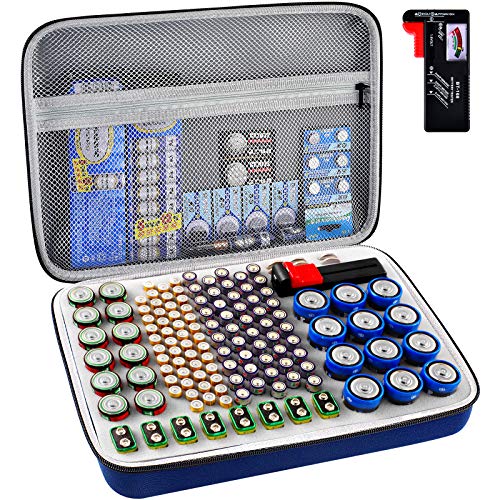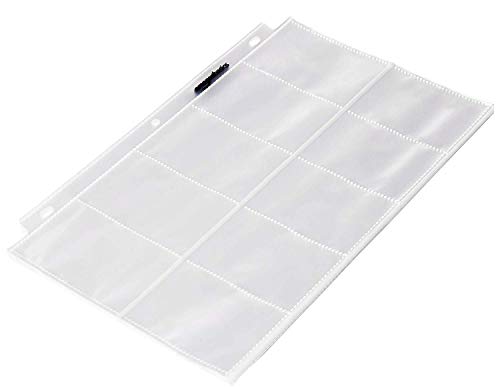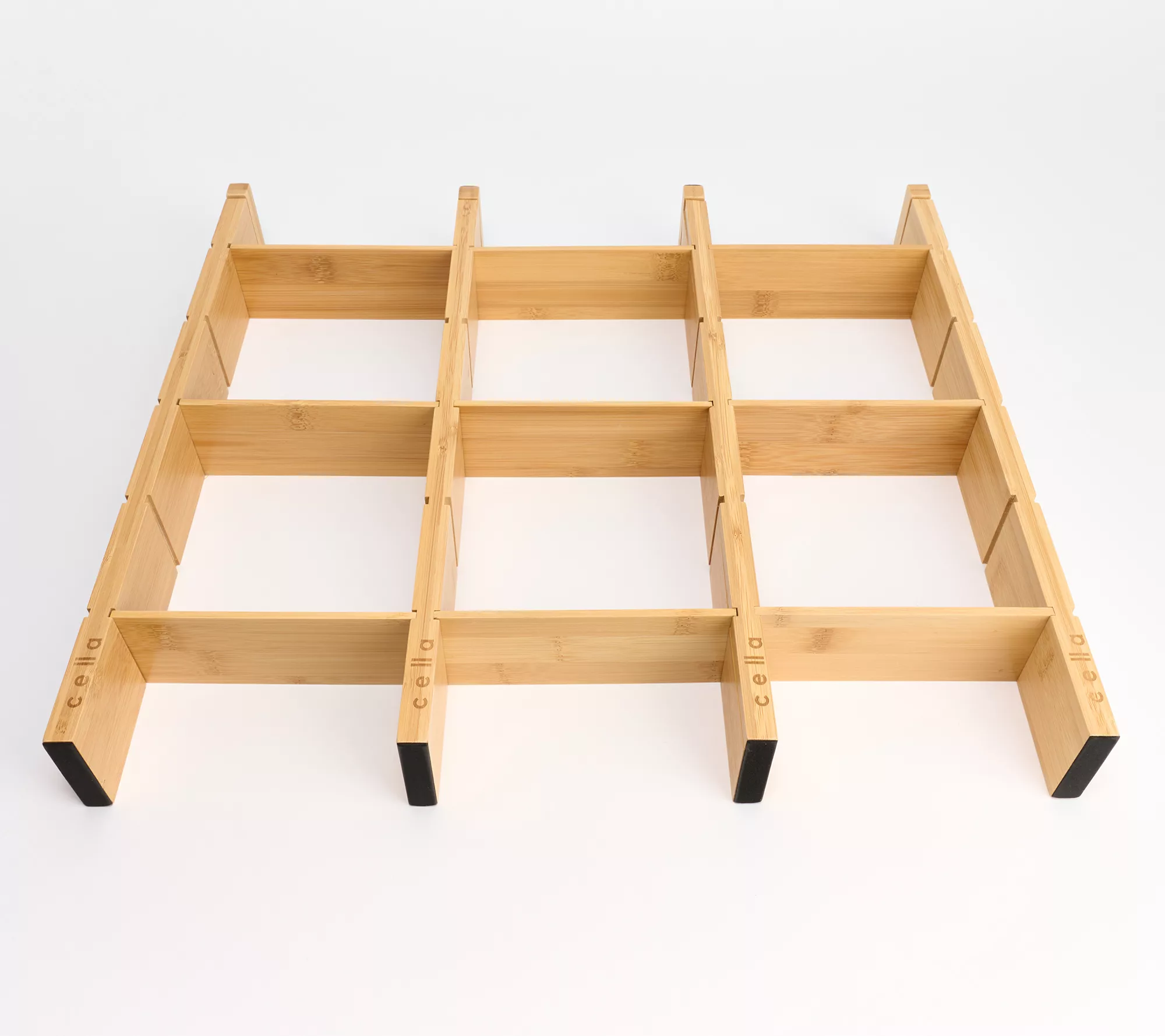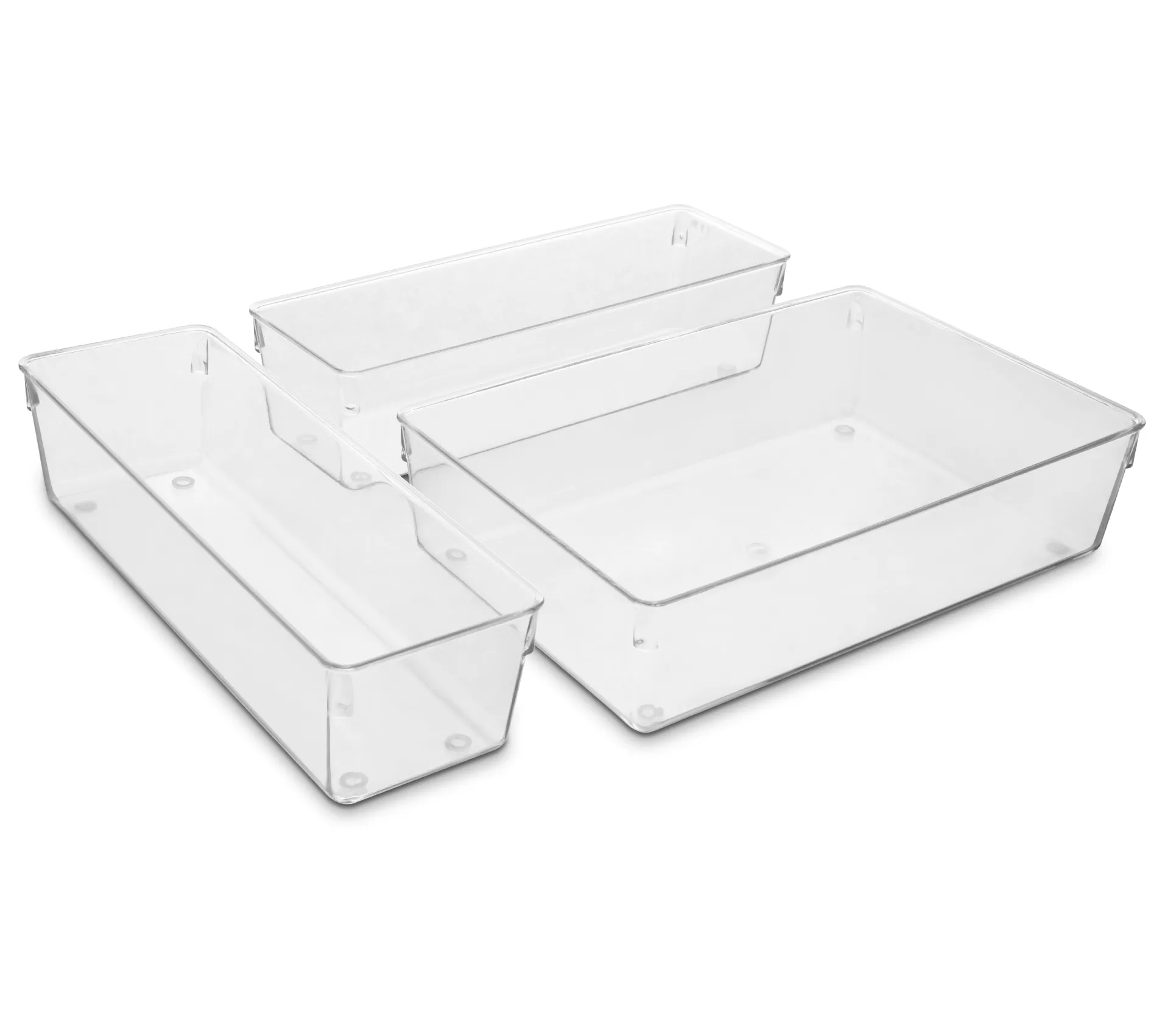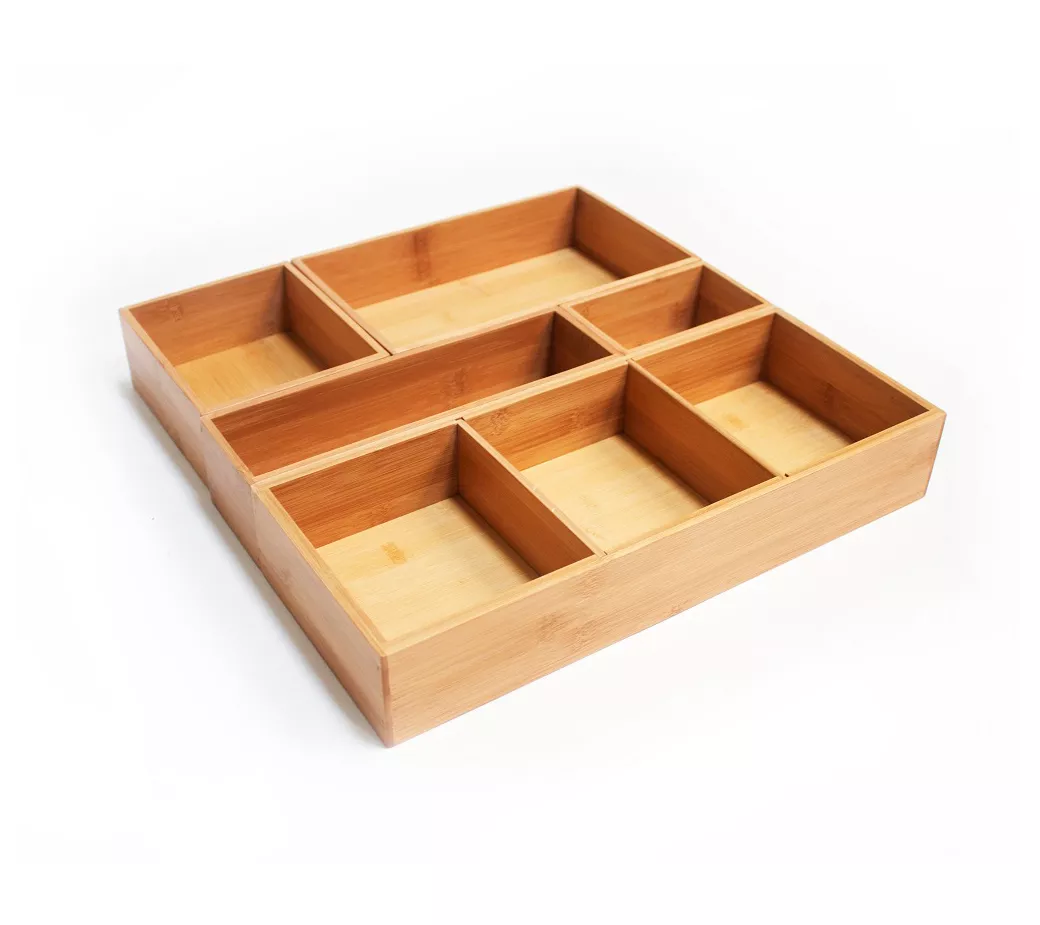16 things to get rid of in your junk drawer, according to experts
Tackle your junk drawer with these expert-approved tips to cut the clutter
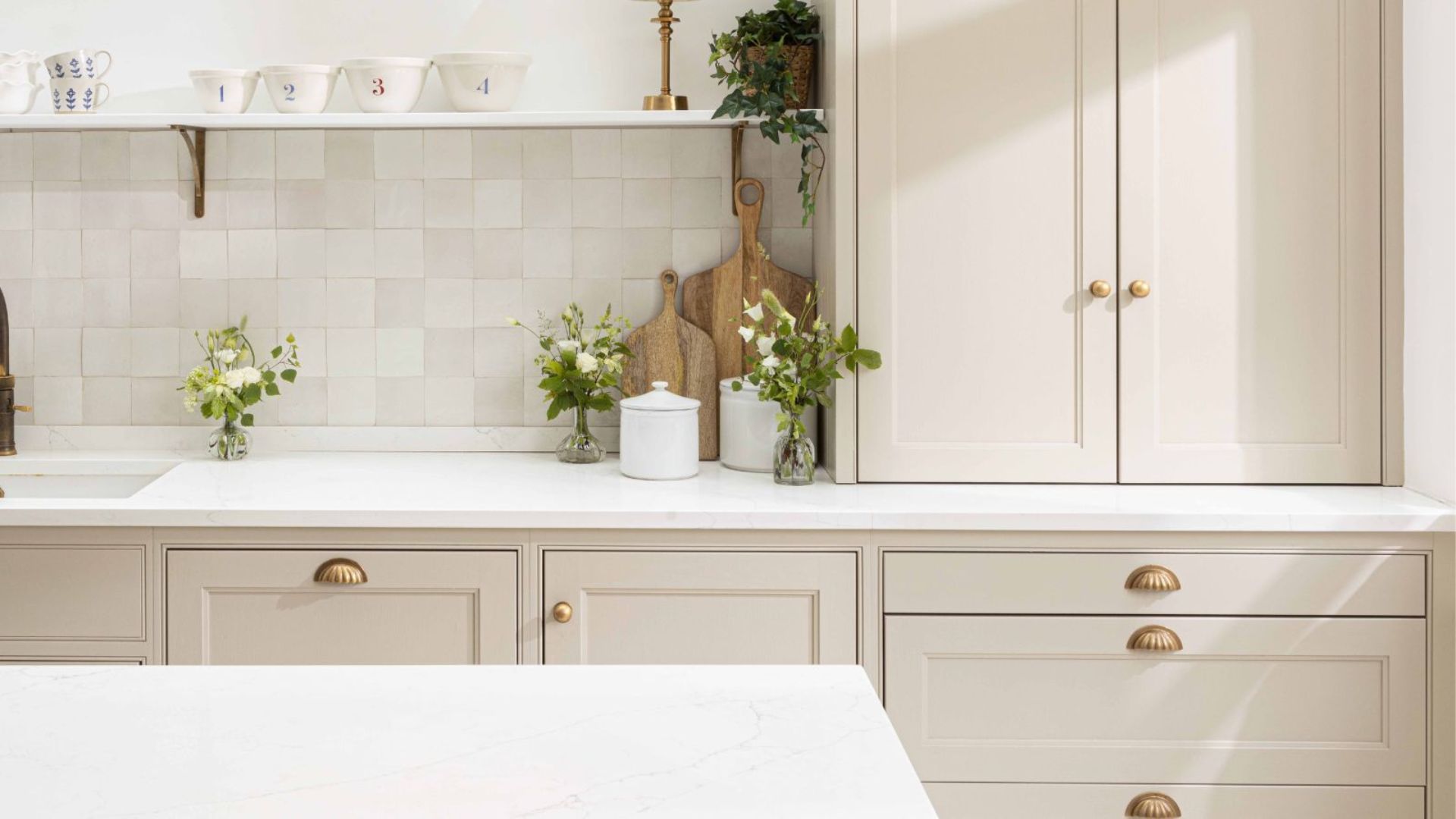
- 1. Dead batteries
- 2. Broken or dried out pens
- 3. Post-it notes
- 4. Old take-out menus
- 5. Outdated electronics
- 6. Old charging cables
- 7. Old or unused keys
- 8. Rubber bands
- 9. Expired medication
- 10. Old birthday cards
- 11. Broken pieces of junk
- 12. Random screws and nails
- 13. Condiments from restaurants
- 14. Expired coupons
- 15. Expired business cards
- 16. Loose change
- FAQs

The junk drawer: the unanimous symbol for all things disorganized, cluttered, and messy.
We’re all guilty of shoving things in the drawer for later and then never looking at them again, and all definitely in need of decluttering tips to help cut the clutter and streamline our space. Tackling the dreaded junk drawer is, however, a necessary task, and it doesn’t have to be too painful either.
After all, how do you declutter your home when you feel overwhelmed? The easiest way is to take it step-by-step and be realistic about what you can achieve in given time frames. Focus on what can easily be removed and thrown away instantly, and suddenly organizing your drawer will become an easier task.
16 things to get rid of in your junk drawer
Make sure you’re not making any common decluttering mistakes, and learn what to get rid of, with this handy guide.
1. Dead batteries
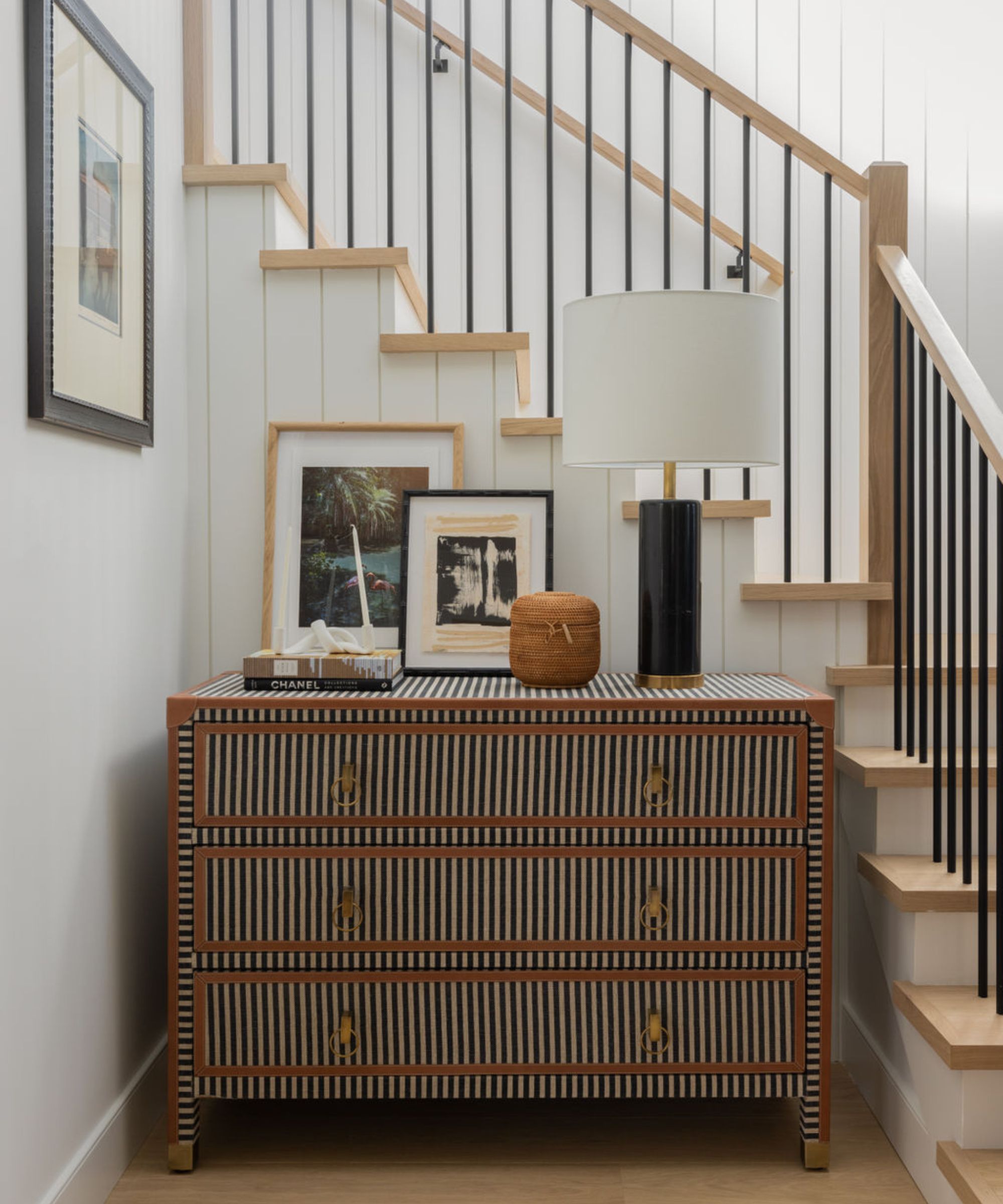
Dead batteries are one of the most commonly found items in a junk drawer. As they’re completely useless, they’re a great place to start- simply grab them out and dispose of them safely.
‘The junk drawer probably has a dead battery- a classic example of a make-it-go-away item,’ says Ben Soreff, a professional organizer at House to Home Organizing. Once you have removed and safely recycled all your dead batteries, Soreff recommends sorting them into a divided organizer. Knowing which batteries you need to stock up on will become much clearer, and you’ll never be caught out again.
‘This will serve to place a limit on items. If you notice the battery section is full, you don’t need to buy more,’ says Soreff.
2. Broken or dried out pens
There is nothing more frustrating than reaching for a pen and finding it broken or dried out. Like dead batteries, these are useless, and just take up space.
‘Broken pens are frustrating to use and take up space without offering any functionality,’ says Di Ter Avest, home and lifestyle professional organizer and founder of Diisorganized. ‘Disposing of them not only declutters your drawer but also ensures that the writing tools you have are reliable and ready to use.’
Professional home organizer Meaghan Kessman at Meaghan Kessman Home Organization recommends taking all your pens out of a drawer and testing them, discarding any that no longer work. ‘Keeping non-functional pens only adds to the clutter,’ she says.
3. Post-it notes
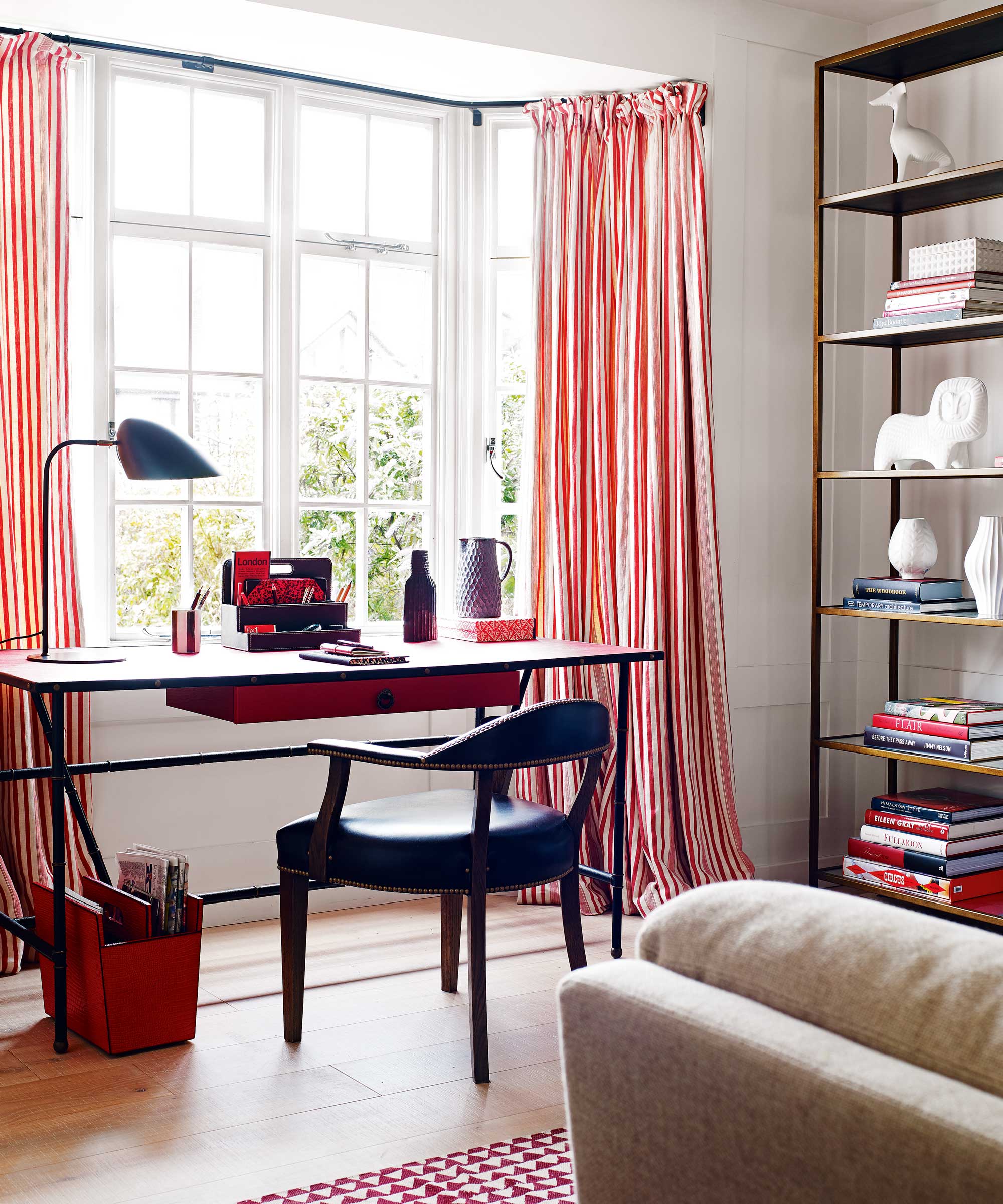
While a Post-it note may have once displayed an important reminder, odds are it’s irrelevant now.
‘Post-it notes always end up in the junk draw,’ says Chris Willatt, owner of Alpine Maids. ‘Notes get stashed all the time and forgotten about. Check them and throw them away, as they just take up space. You don’t need a note from three months ago that was meant to remind you to grab milk next time you went to the store.’
Put your notes into one pile and then sort them into recycling and keeping. Anything you choose to keep should be of importance and therefore filed away neatly and out of the junk drawer.
4. Old take-out menus
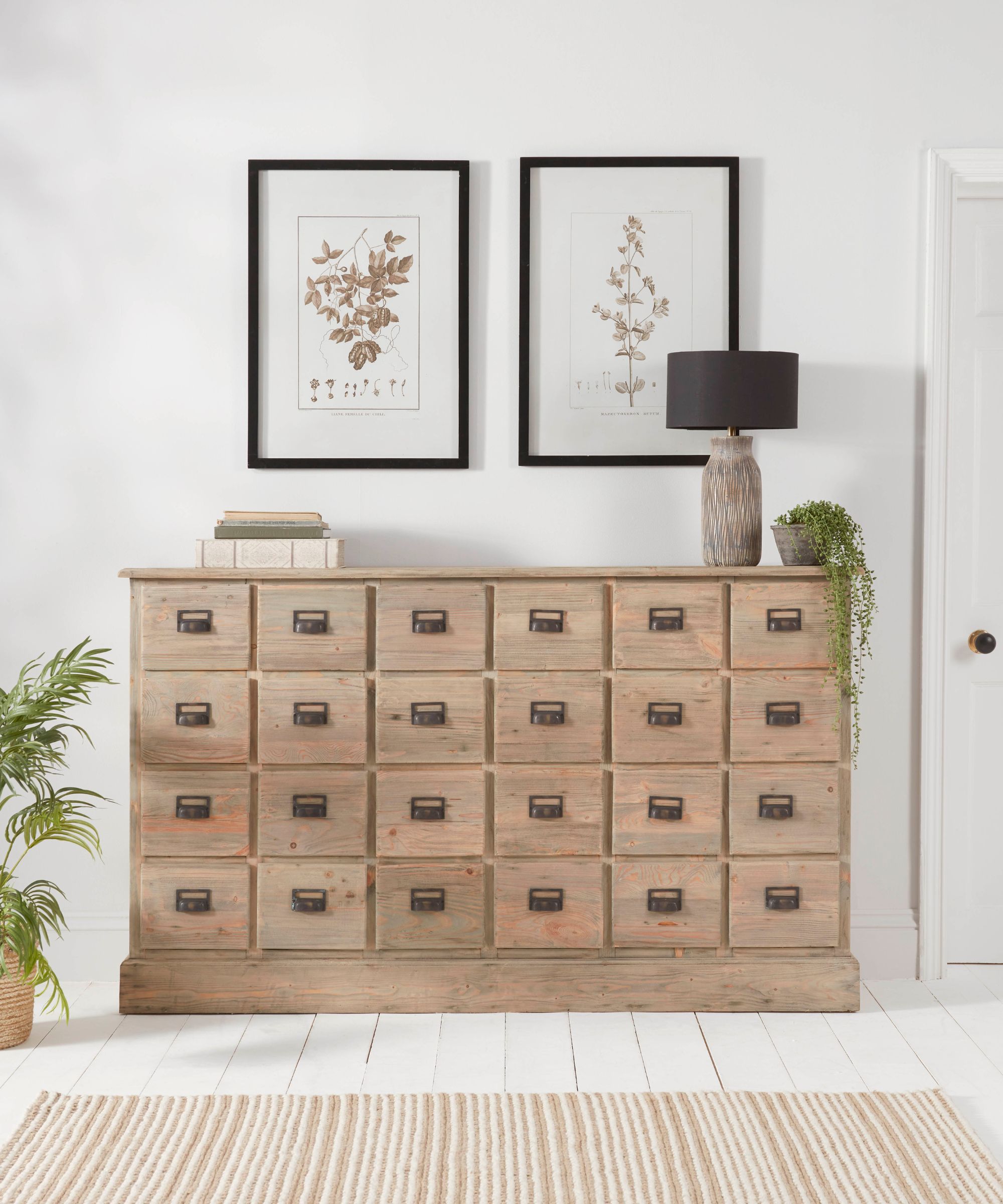
With any menu you could want to view at your fingertips online, hoarding take-out menus in your junk drawer is an unnecessary waste of space.
‘Old takeout menus can quickly become outdated as restaurants change their offerings,’ says Ter Avest. ‘Disposing of these menus ensures that your drawer contains only current and relevant information, making it easier to decide on your next meal. Remember that these days, it is easy enough to find the menu of restaurants online.’
After all, when was the last time you actually dug out one of those menus for a Friday night meal?
‘You can easily order food to your home, or Google search the menu of your local Chinese restaurant,’ says Willat. ‘You don’t need stacks of menus. Every pizza place basically has the same stuff. Get rid of them,’ and free up space.
5. Outdated electronics

Electronics are an easy thing to hoard: they were once expensive and may come in useful in the future if your current replacement breaks. ‘Focus on how expensive an item is and how hard to get again,’ says Soreff, when it comes to deciding which electronics to declutter, and which items can be donated or re-sold.
‘Old gadgets or accessories that you’ve replaced or no longer use should be recycled or discarded,’ says Kessman. ‘They’re just taking up valuable space,’ sitting in your junk drawer and never being used.
Ask yourself: is it something you really need, or will ever use? Odds are the answer is a simple no.
6. Old charging cables
Once you’ve got rid of your devices, it’s time to tackle the cables. Junk drawers are often full of tangled, old charging cables, which have no use, look messy, and really take up space.
‘If you have cables that no longer match any device you own or are outdated, it’s time to let them go,’ says Kessman. ‘They’re just taking up space and creating unnecessary clutter.’
Match up your devices to their chargers and get rid of any that are no longer useful. You could consider donating them, too, for people who use the corresponding devices.
7. Old or unused keys

Any old or unused keys sitting in your junk drawer, particularly if you no longer even remember what they open, are simply taking up valuable space in your drawer and creating clutter.
‘Throwing them away eliminates confusion and helps maintain an organized space where only essential items are kept,’ says Ter Avest. ‘If you find some keys you decide to keep, use some tags to label them before returning them to the drawer.’
That way, you avoid any key confusion and keep your space streamlined.
8. Rubber bands
Rubber bands are a classic item that you think will be useful one day, but almost never use.
Ask yourself: ‘Why do we always have rubber bands in the junk drawer? When was the last time you used a rubber band?’ says Willat. ‘Just throw them away. If you want to keep them in closed-up bread bags, for example, put them in a Ziploc bag and store them with your clips and pegs,’ he recommends.
9. Expired medication
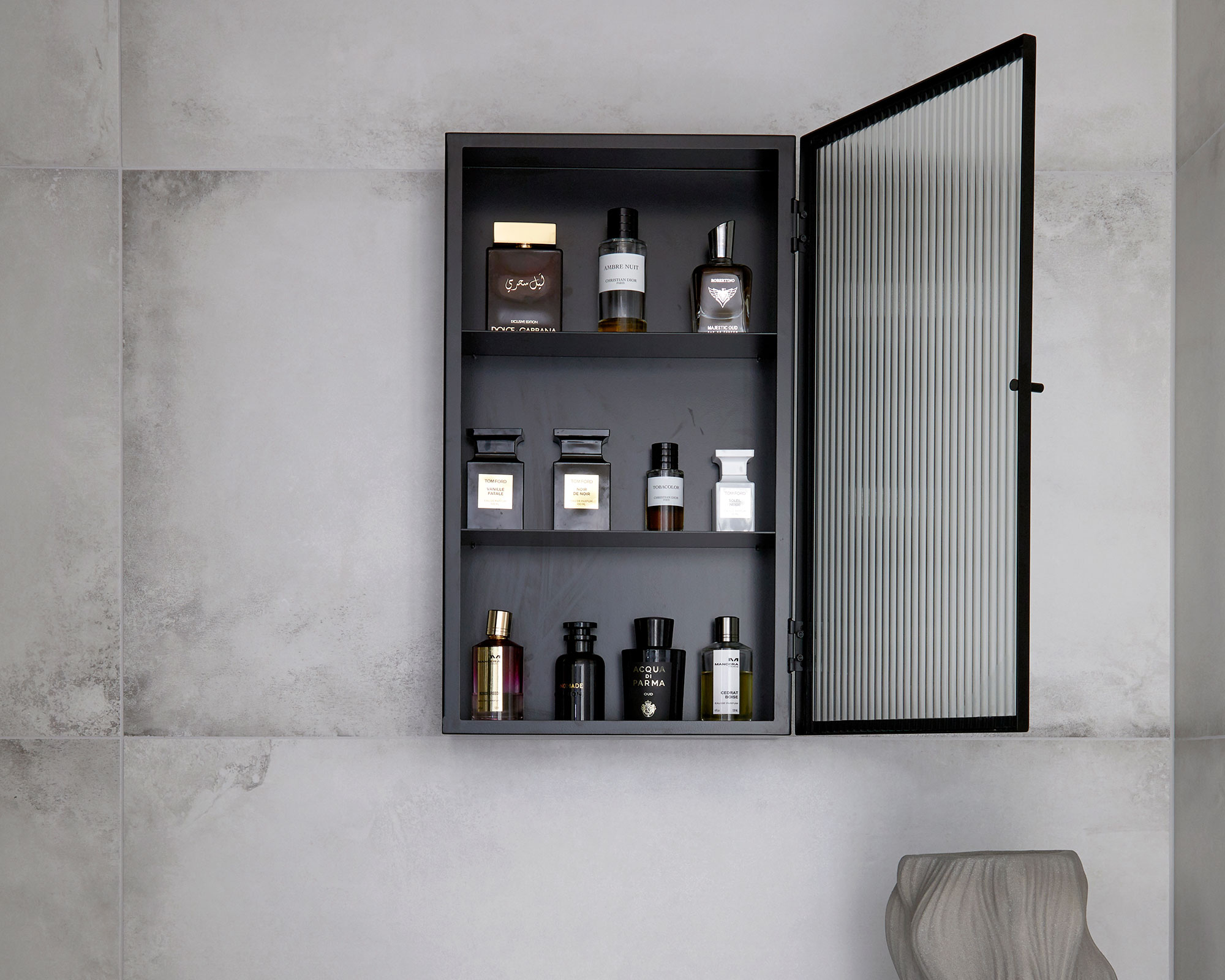
Expired medication is an easy thing to get rid of as it is no longer usable and could be harmful to take.
‘Expired medication can be ineffective or even dangerous,’ warns Ter Avest. ‘Properly disposing of it not only declutters your drawer but also ensures that you are not tempted to use outdated or unsafe medications.’
‘After disposing of any expired medication, consider storing any that is still usable in a box, in the upper cabinet, or in the linen closet. That will ensure that kids don’t have access to it,’ she says and will avoid any accidents occurring.
10. Old birthday cards
The sentimental among us will have hoards of old birthday cards. While it’s nice to keep hold of memories, make sure you are clearing out any that aren’t particularly important.
‘While sentimental, old birthday cards can accumulate quickly and take up space,’ says Ter Avest. ‘Keeping a few special ones is fine, but disposing of the rest helps maintain an organized and manageable junk drawer.
‘Once you have the cards you want to keep, I suggest storing them in your memorabilia box, in your closet.’
That way, they are out of the junk drawer and safely stored away.
11. Broken pieces of junk
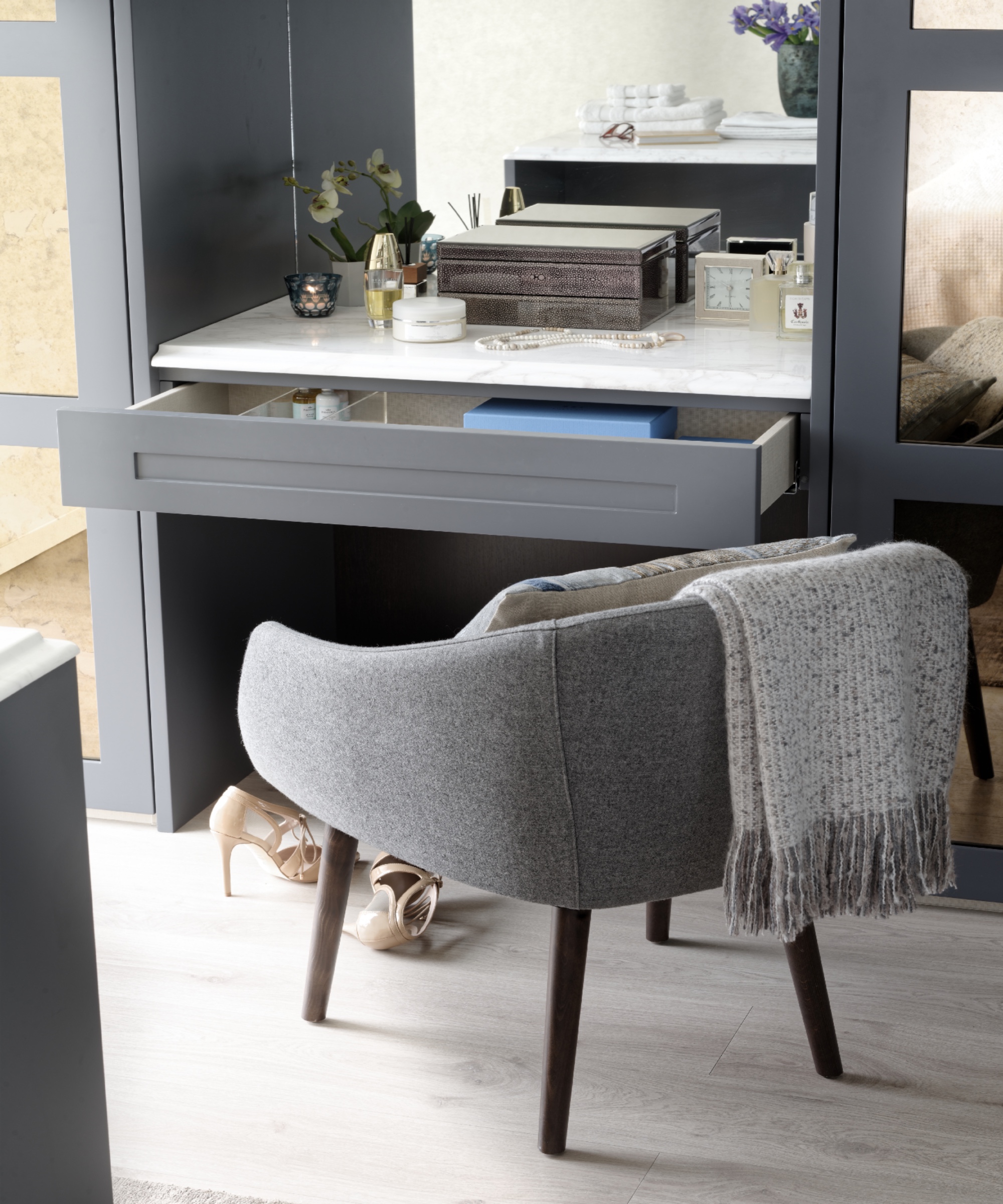
Anything that’s broken is an immediate, easy throw-away item.
‘Somehow, broken toy pieces from the kids or a piece of a dog toy will end up in the junk drawer because you tell yourself you will get round to fixing it,’ says Willatt. ‘Just get rid of it. You aren’t going to fix it. Just throw it away.’
12. Random screws and nails
Random screws and nails belong in your toolkit, not in your junk drawer.
‘Random screws and nails often collect at the bottom of junk drawers, creating a mess,’ says Ter Avest. ‘By getting rid of these items, you can better organize the space and ensure that only useful hardware is kept.’
Once you’ve got rid of any screws and nails that aren’t useful, keep it in a toolbox, either in a basement or in the garage where you can easily find what you need when you need it.
13. Condiments from restaurants
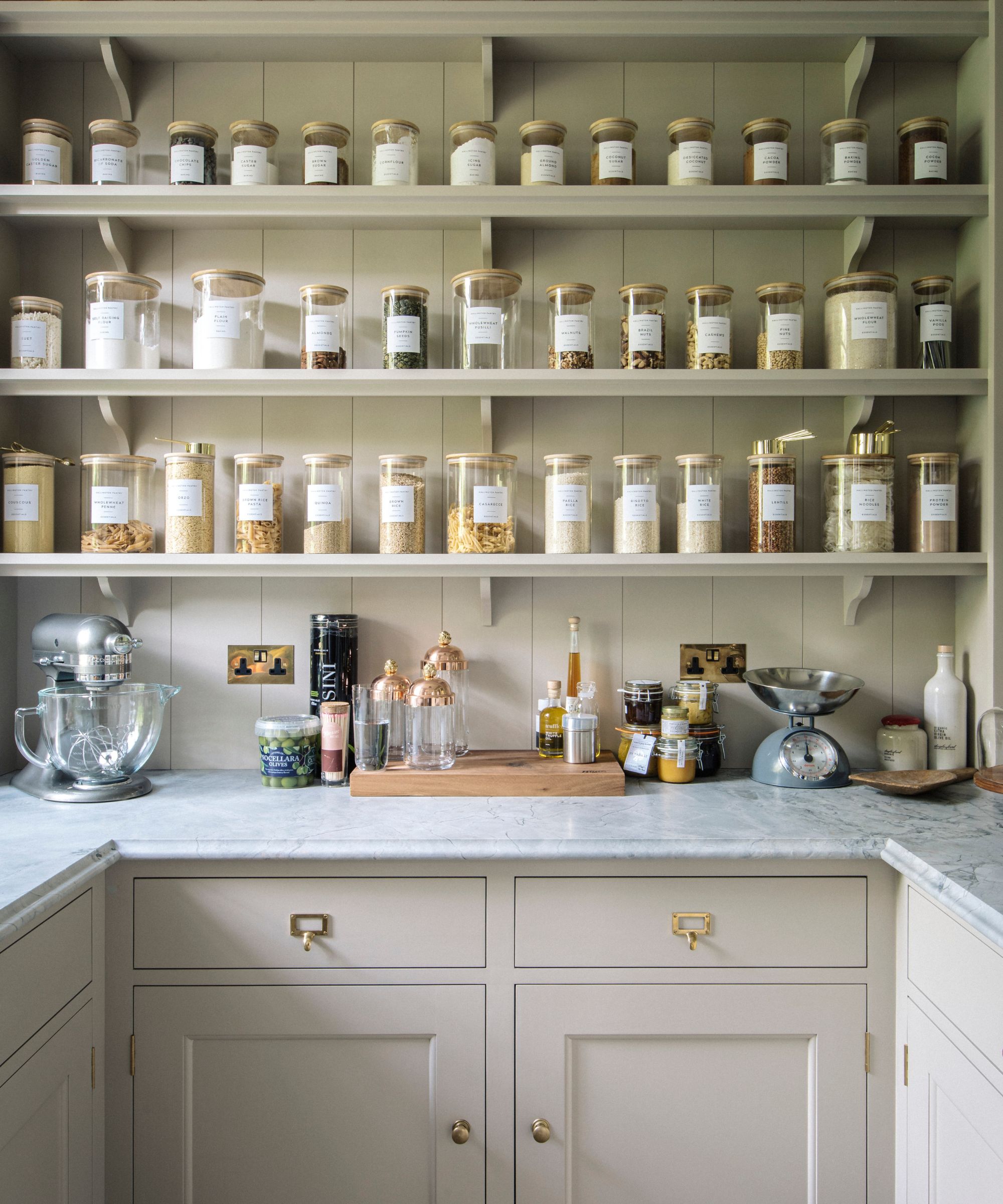
Keeping a stash of sachets of soy sauce or ketchup can be useful, but only if you actually remember they’re there to use.
‘These are often things that could be useful in theory, but you just have too many of them,’ says Soreff, particularly as sauces may be expired.
‘If you don’t use them soon, go ahead and toss,’ says Audra George, owner and pro-organizer at Pretty Neat.
14. Expired coupons
Expired coupons often stack up before you’ve even noticed they’ve expired, or had a chance to use them. As annoying as this is, they’re worthless once this happens, and belong in the trash.
‘Coupons can pile up and expire before you get a chance to use them,’ says Kessman. ‘Go through your stash and discard any that are no longer valid.’
You might find some that are still valid in the process, so use this as your reminder to take them out of your junk drawer and actually use them!
15. Expired business cards
Got a stack of business cards you never look at? ‘Outdated business cards from people you no longer interact with or whose contact information has changed serve no purpose,’ says Ter Avest. ‘Disposing of them helps keep your drawer organized and relevant to your current needs.’
Once you decide which you want to keep, if any, store them in small containers or folders so they are easy to find when needed, she recommends.
16. Loose change
Finally, throwing loose change into your drawer is a bad habit we’re all guilty of, but it can’t be spent sitting in your junk drawer.
‘Gather all the loose change and put it in a coin jar or take it to a coin-counting machine,’ says Kessman. ‘Keeping it in the junk drawer adds to the mess.'
FAQs
How do you organize messy drawers?
Using drawer dividers is a great and easy way to organize your messy drawers. Simply split everything into categories and then use different compartments for each, to keep them separate.
For smaller items, such as screws, consider using small boxes which can easily be removed for use when needed, and wrap cables up neatly to organize the chaos.
Are you still struggling with your junk drawer? ‘The key to organizing a junk drawer is to be intentional about what you do keep in there; think of it as a utility drawer instead of junk,’ says professional organizer Amélie Saint-Jacques of Amelie Organizes. ‘Corral like with like in small drawer dividers so that nothing gets lost - this also helps set a limit on the quantities of a specific thing that you can keep.’
Shop our favorite drawer divider picks
Sign up to the Homes & Gardens newsletter
Design expertise in your inbox – from inspiring decorating ideas and beautiful celebrity homes to practical gardening advice and shopping round-ups.

Ottilie joined Homes & Gardens last year, after finishing a Master's in Magazine Journalism at City, University of London. With previous contributions in Livingetc and Motorsport Magazine, she produces content for the Solved section on the website, focusing on clever tips and tricks to keep your home beautiful, organized and clean. She also has an undergraduate degree in English Literature and History of Art from the University of Edinburgh, where she developed a love for inspiring interiors and architecture.
-
 7 of the best tomatoes for growing in pots - expert growers pick their top varieties ideal for large harvests from containers
7 of the best tomatoes for growing in pots - expert growers pick their top varieties ideal for large harvests from containersYou can enjoy bumper homegrown harvests in small spaces
By Drew Swainston Published
-
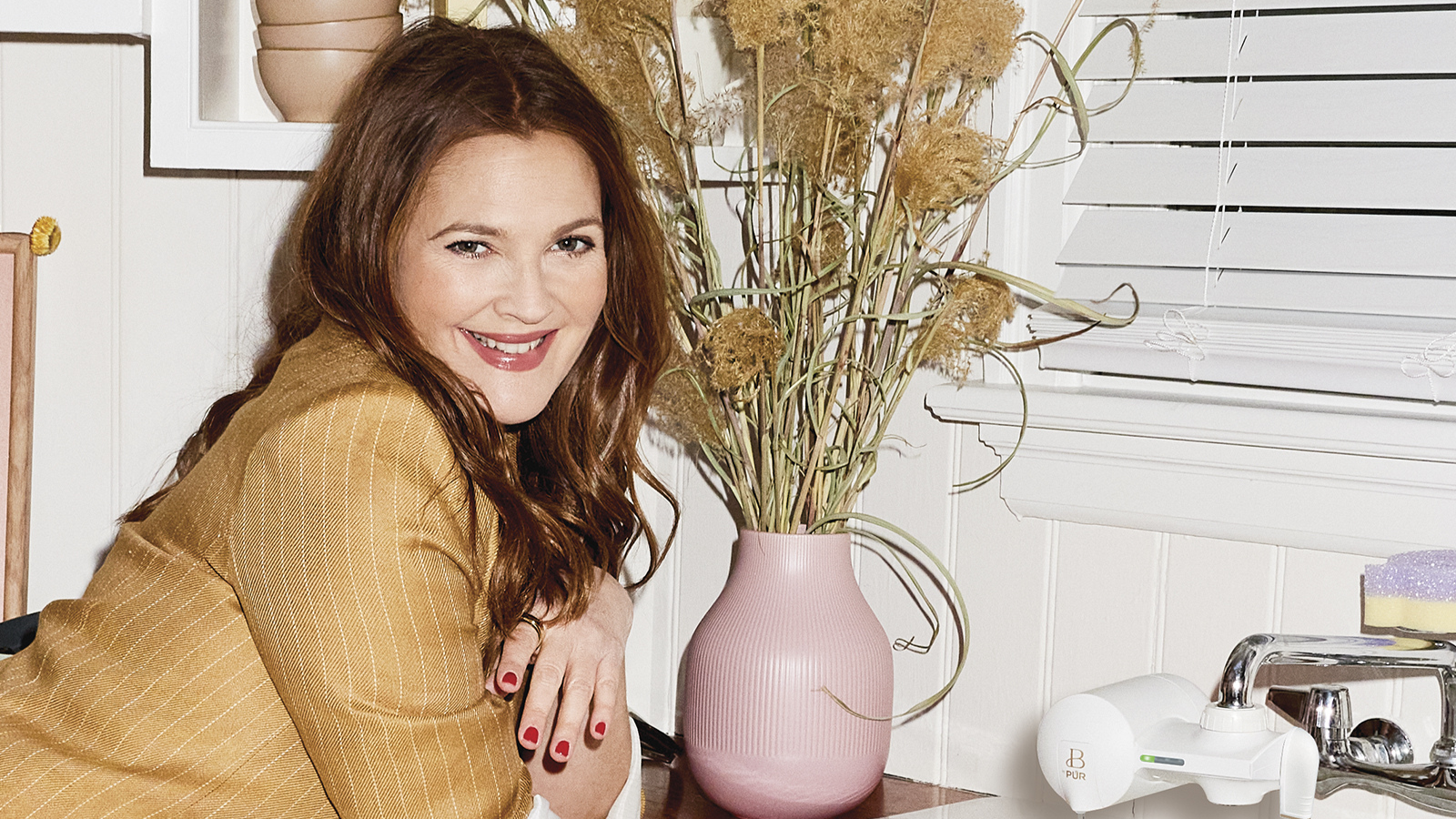 Drew Barrymore creates a 'balanced' kitchen in 4 easy steps – her rules will make your small, compact countertops feel beautiful
Drew Barrymore creates a 'balanced' kitchen in 4 easy steps – her rules will make your small, compact countertops feel beautifulDrew proves that with the right styling (and chic appliances), you can make even the smallest of kitchens look harmonious
By Hannah Ziegler Published
-
 How the 'ODT' method can help you to tackle your overwhelming decluttering checklist – and streamline the process from start to finish
How the 'ODT' method can help you to tackle your overwhelming decluttering checklist – and streamline the process from start to finishAvoid 'analysis paralysis' and tick off tasks quickly and easily by making just one decision at a time
By Ottilie Blackhall Published
-
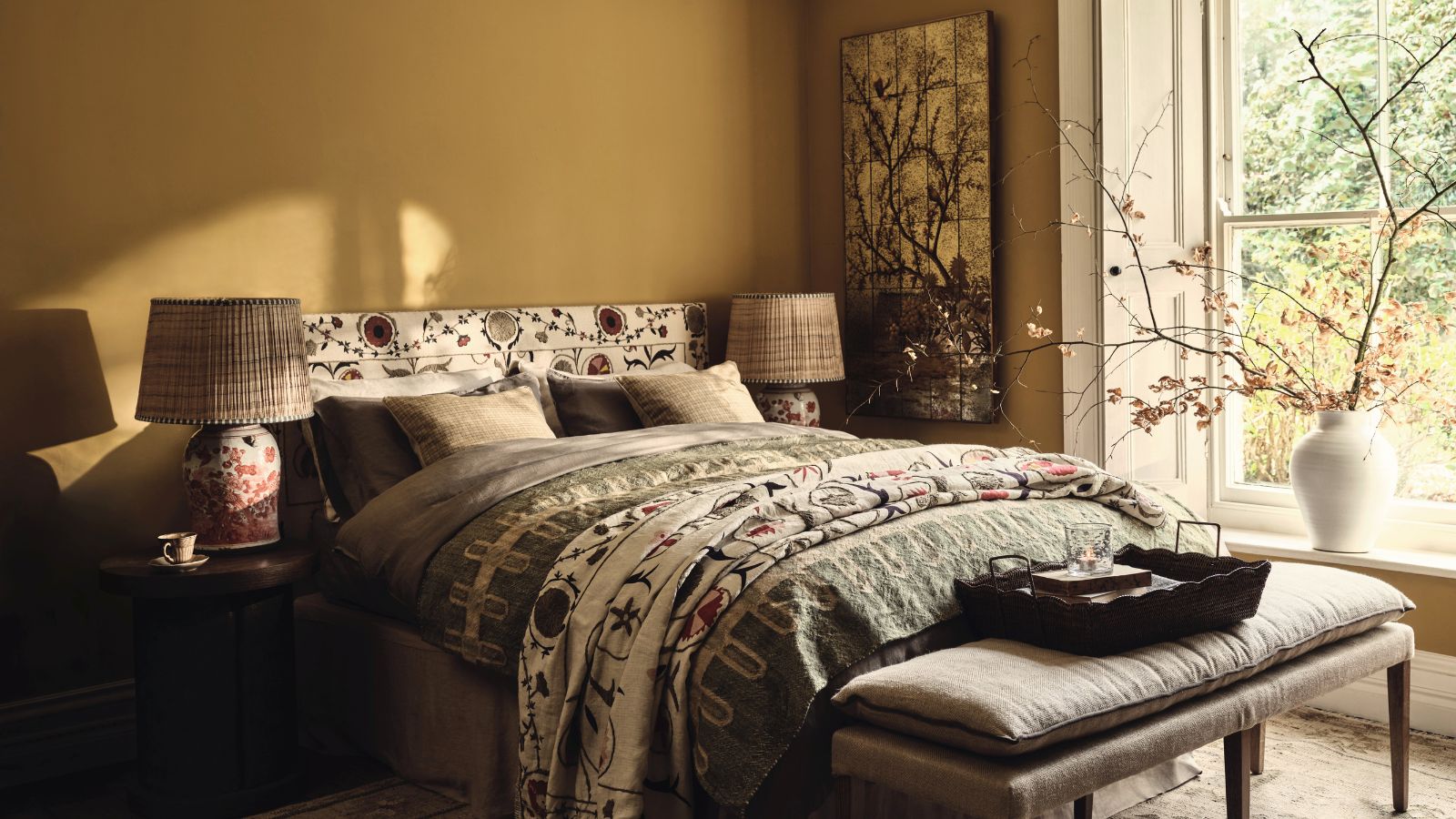 I gave the ‘try-for-five’ method a go in my small home – it's a brilliantly easy way to beat chore procrastination in seconds
I gave the ‘try-for-five’ method a go in my small home – it's a brilliantly easy way to beat chore procrastination in secondsThis method is great for those with executive dysfunction
By Chiana Dickson Published
-
 'It's a fast reset button' – using the 1, 2 ,3 ,4, 5 decluttering method cleared my persistent mess in seconds
'It's a fast reset button' – using the 1, 2 ,3 ,4, 5 decluttering method cleared my persistent mess in secondsIt's easy, effective and so quick to do
By Ottilie Blackhall Published
-
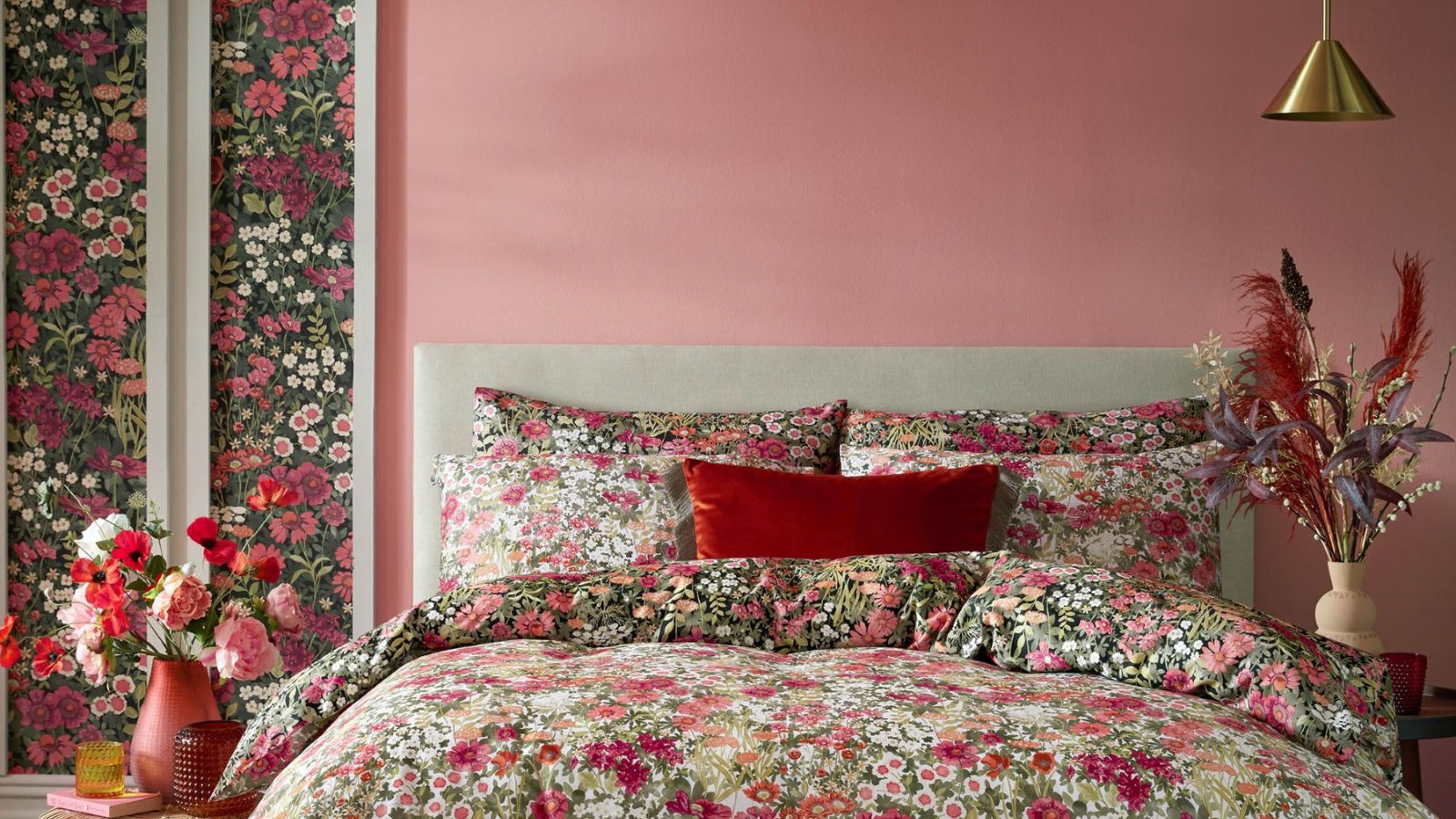 This simple closet swap doubled my cramped hanging space – professional organizers swear by it too
This simple closet swap doubled my cramped hanging space – professional organizers swear by it tooVelvet hangers have transformed my closet
By Eve Smallman Published
-
 I tried the 'GFD' basket tidying trick ahead of hosting – it was a last-minute clutter-busting savior
I tried the 'GFD' basket tidying trick ahead of hosting – it was a last-minute clutter-busting saviorThis quick clean-up fall-back saved my game night
By Chiana Dickson Published
-
 I tried the 'Reverse Decluttering' method – it made clearing clutter in my small home stress-free, speedy and guilt-free
I tried the 'Reverse Decluttering' method – it made clearing clutter in my small home stress-free, speedy and guilt-freeIt's a simpler way to cut clutter
By Chiana Dickson Published
-
 'They all feel chaotic’ – 6 things that make a room look really messy and what to do for an instant lift
'They all feel chaotic’ – 6 things that make a room look really messy and what to do for an instant liftEasily make your home less stressful by fixing these common faux pas
By Chiana Dickson Published
-
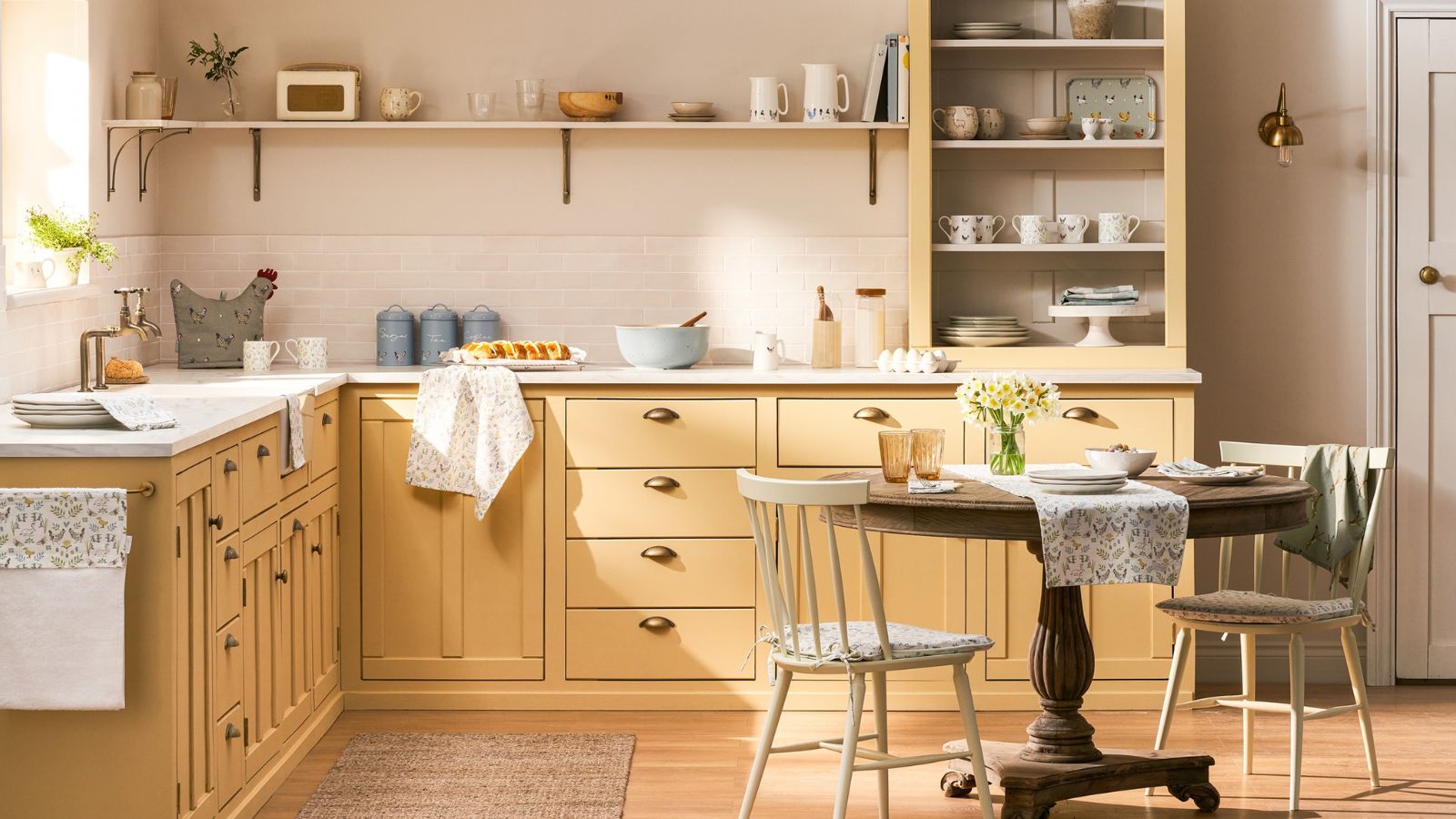 9 things you need to declutter in April 2025 – tossing these need-to-go items will maximize your space this spring
9 things you need to declutter in April 2025 – tossing these need-to-go items will maximize your space this springSay goodbye to winter clutter by clearing out lingering items
By Chiana Dickson Published
